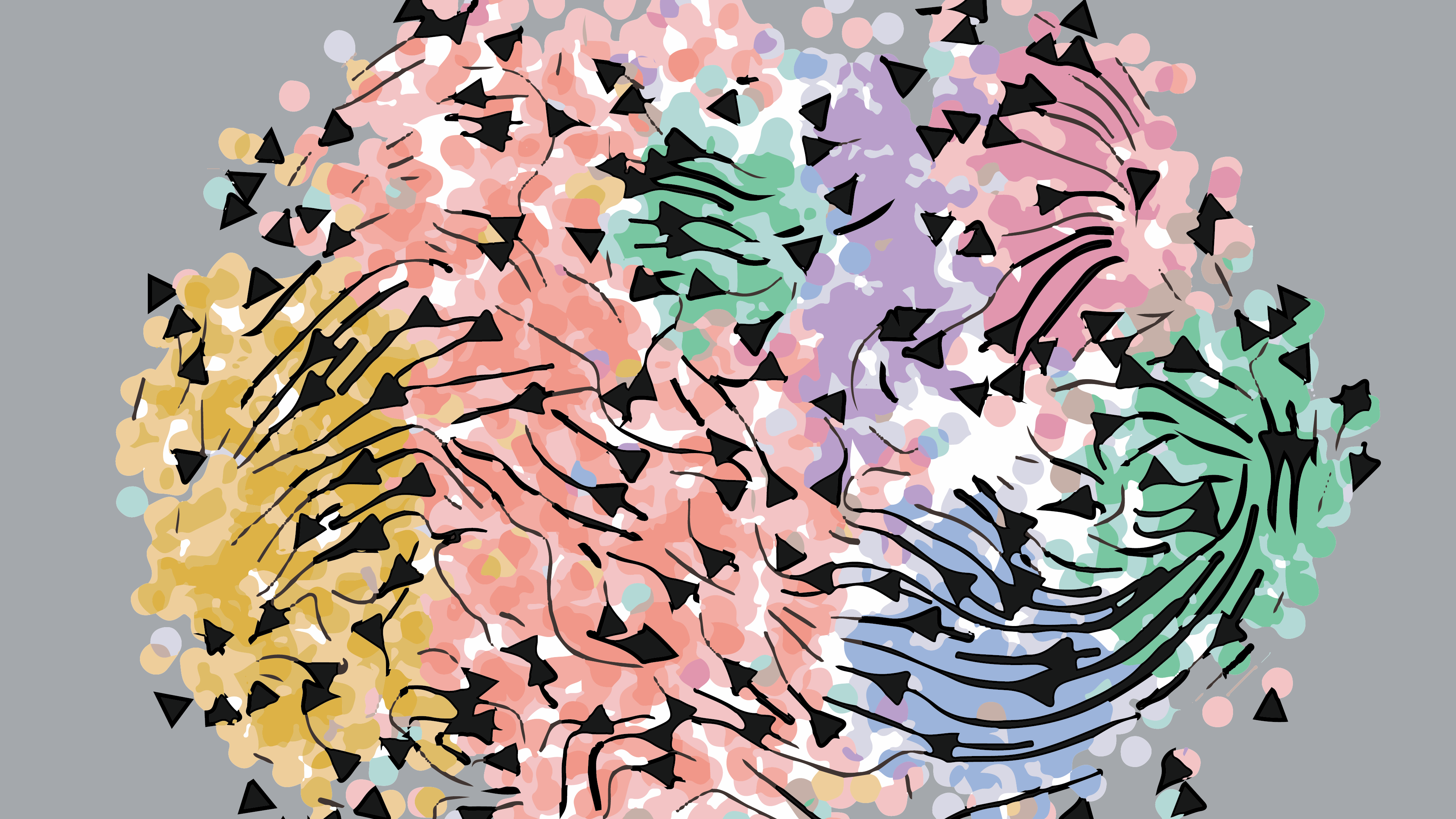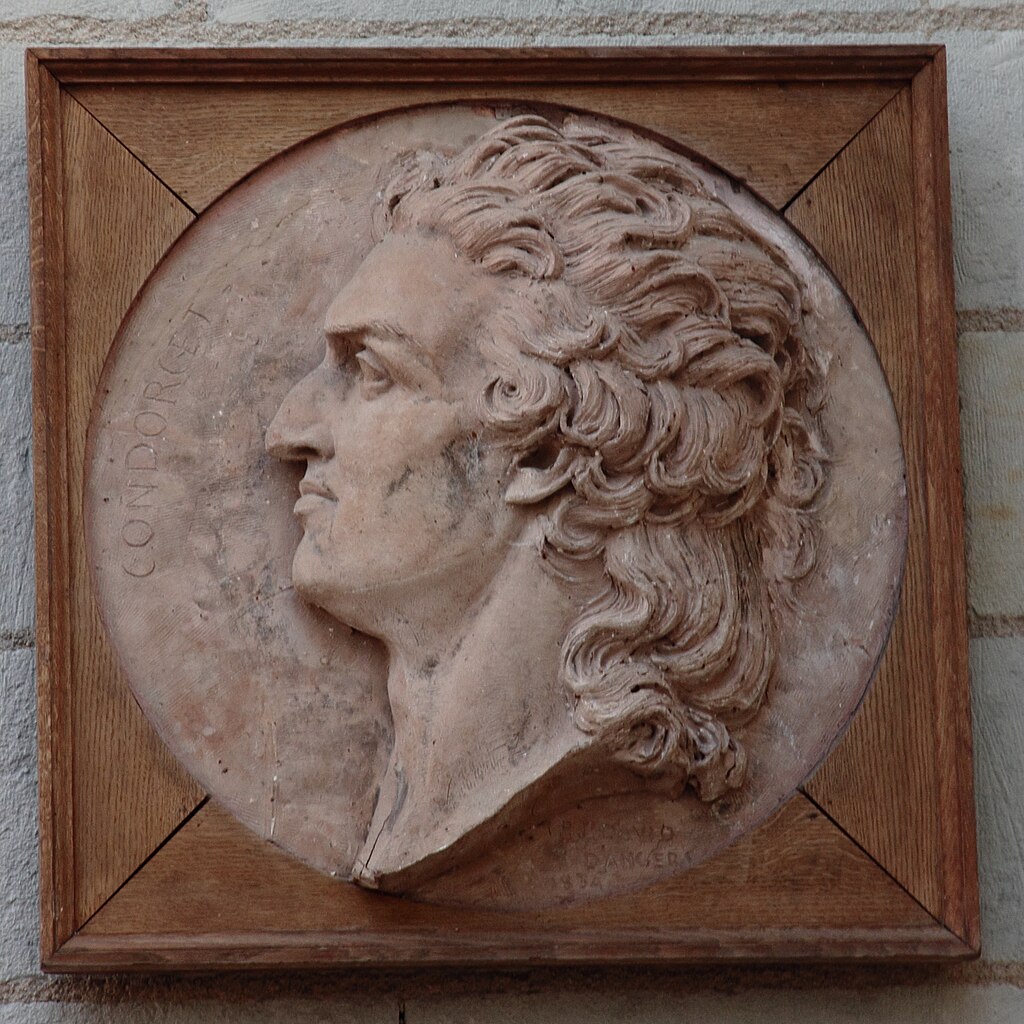
A ‘Wikipedia for cells’: researchers get an updated look at the Human Cell Atlas, and it’s remarkable
Pyramidal neurons, a type of nerve cell, from the brain’s cerebral cortex. Credit: Juan Gaertner/Science Photo Library/Getty
There’s nothing like a challenge. In 2016, biologists Aviv Regev and Sarah Teichmann launched an initiative with around 100 other scientists. They set themselves the monumentally ambitious goal of cataloguing every cell type in the human body, from development to old age1. That amounts to mapping the body’s estimated 37.2 trillion cells. The task was made even more complex by the fact that cells don’t sit still, waiting to be recorded. They continually change as a result of factors including ancestry, geography, gender and age — indeed, life itself.
This week, that initiative, the Human Cell Atlas (HCA), is releasing a collection of studies that represent a significant step towards assembling a first draft atlas. Thanks to some 9,000 donors around the world, the HCA teams now have data on around 62 million human cells, categorized according to 18 biological networks — including maps of cells in the nervous system, lungs, heart, gut and immune system.
Why is this work needed? Cells are the basic building blocks of living things. The atlas offers to boost researchers’ understanding of how the body works — in health, but also, importantly, in disease. Knowledge of where particular cells are located, combined with in-depth information about the genes they express and the epigenetic markers they carry, is revealing new insights into biology and disease.
























